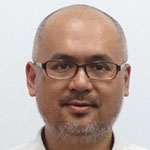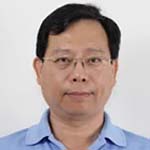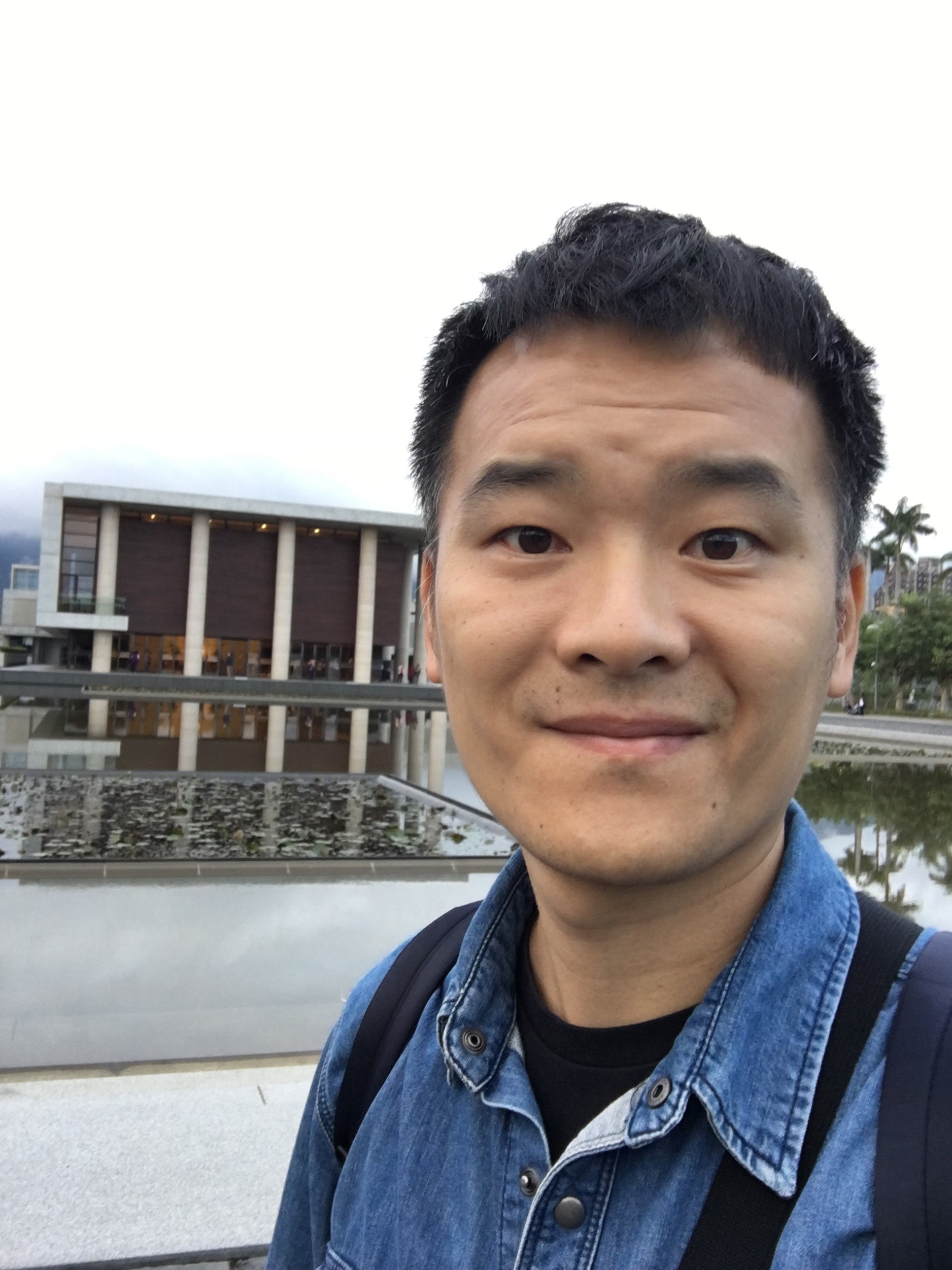(Provided by Distinguished Professor Yann-Wen Lan and his research team from the Department of Physics)
In the pursuit of cleaner energy, solar cells are expected to be widely applied in various fields; however, current solar cells are limited in their development due to the low conversion efficiency of light to electricity. To enhance the material's absorption of light, the research team altered the characteristics of light by utilizing twisted light. Photons of twisted light carry an orbital angular momentum. Additional orbital angular momentum is expected to induce more carrier transitions within the material, thereby increasing the material's light absorption and its photogenerated carrier concentration, elevating its potential for application in solar cells. The highlight of this experiment lies in using twisted light to enhance the light absorption of novel 2D material molybdenum disulfide. As the orbital angular momentum of light increments, the concentration of photo-induced carriers rises as well. Consequently, the larger photovoltaic effect in solar cells is enhanced. Based on the results of this experiment, twisted light has shown its potential to become a new approach to enhancing the efficiency of solar cells.
With the increasing desire for green energy, solar cells are highly anticipated; however, the low conversion efficiency has led to a bottleneck in their application. Therefore, improving the conversion efficiency of solar cells has become a very important research topic. Professor Yann-Wen Lan and Professor Ting-Hua Lu from the Department of Physics at National Taiwan Normal University collaborated with their student, Dr Kristan Bryan Simbulan, to conduct related research, the findings of which revealed that light with orbital angular momentum (OAM) can enhance the power generation efficiency of solar cells using molybdenum disulfide as material. This opens up endless possibilities for the future of the solar cell industry.
The solar cell component in this study is composed of a transition metal dichalcogenide, specifically molybdenum disulfide (MoS2), which has a thickness at the atomic level. MoS2 is a stable and flexible two-dimensional material that produces a unique optical response. This, and its potential to be perfectly stacked with other 2D materials, makes it a rising star in the semiconductor materials field. The fabrication process involves depositing MoS2 onto a silicon substrate through chemical vapor deposition (CVD), then defining the MoS2 channels using Argon plasma etching, and finally depositing the Ti/Au source and drain electrodes to complete the device. The CVD-grown MoS2 material in the study has a nonuniform defect distribution, leading to n and n+ regions within the material and forming p-n junctions. The simple fabrication process and the potential for large-scale production through chemical vapor deposition lay the groundwork for future industrial mass production possibilities.
In comparison with traditional laser lights, the wavefront of twisted light is not flat but instead helical. By adjusting the spatial distribution of the light wavefront through a spatial light modulator (SLM), light can possess arbitrary orbital angular momentum. Additional OAM has been proven to interact with materials and was demonstrated in previous studies to have induced forbidden transitions in atoms and GaAs semiconductors. The OAM in twisted light could thus be used as a new degree of freedom to enhance the material's light absorption, thereby increasing photo-induced carrier concentration. In the case of photovoltaic cells, increased photogenerated carrier concentration can lead to improved photovoltaic properties, such as short-circuit current (ISC) and open-circuit voltage (VOC). Experimental data indicated that with the increase in the OAM of the laser light, higher ISC and VOC have both been measured, demonstrating the potential of enhancing the photovoltaic effect through twisted light.
Professor Yann-Wen Lan, with his expertise in 2D materials, nanoelectronics, and device processes, collaborated with Professor Ting-Hua Lu, who specializes in laser physics and optical angular momentum techniques. With support from National Taiwan Normal University and the National Science and Technology Council (NSTC), their collaboration spanned over two years, covering the preparation of components, setting up light sources, and ultimately collecting and analyzing measurement data to complete the research project. The discovery of enhancing solar cell efficiency using twisted light represents a ground-breaking advancement, and in August 2021, their research was published in the prestigious international journal, ACS NANO, paving the way for new avenues in the future solar energy industry.
Professor Lan Yann-Wen explained that the current focus of the solar cell industry largely revolves around material development, attempting to absorb a broader range of wavelengths. If this technology could be combined with the aforementioned technique in the future, revolutionary discoveries are only a matter of time. In future research, the team will stack different two-dimensional materials and utilize the degrees of freedom of light on such heterogeneous structures to explore the interaction between light and matter. This has the potential to bring about breakthrough developments in industries such as semiconductors and optoelectronics.
Source:
Simbulan, K. B., Feng, Y. J., Chang, W. H., Lu, C. I., Lu, T. H., & Lan, Y. W. (2021). Twisted Light-Enhanced Photovoltaic Effect. ACS Nano, 15(9), 14822-14829. https://doi.org/10.1021/acsnano.1c04902










